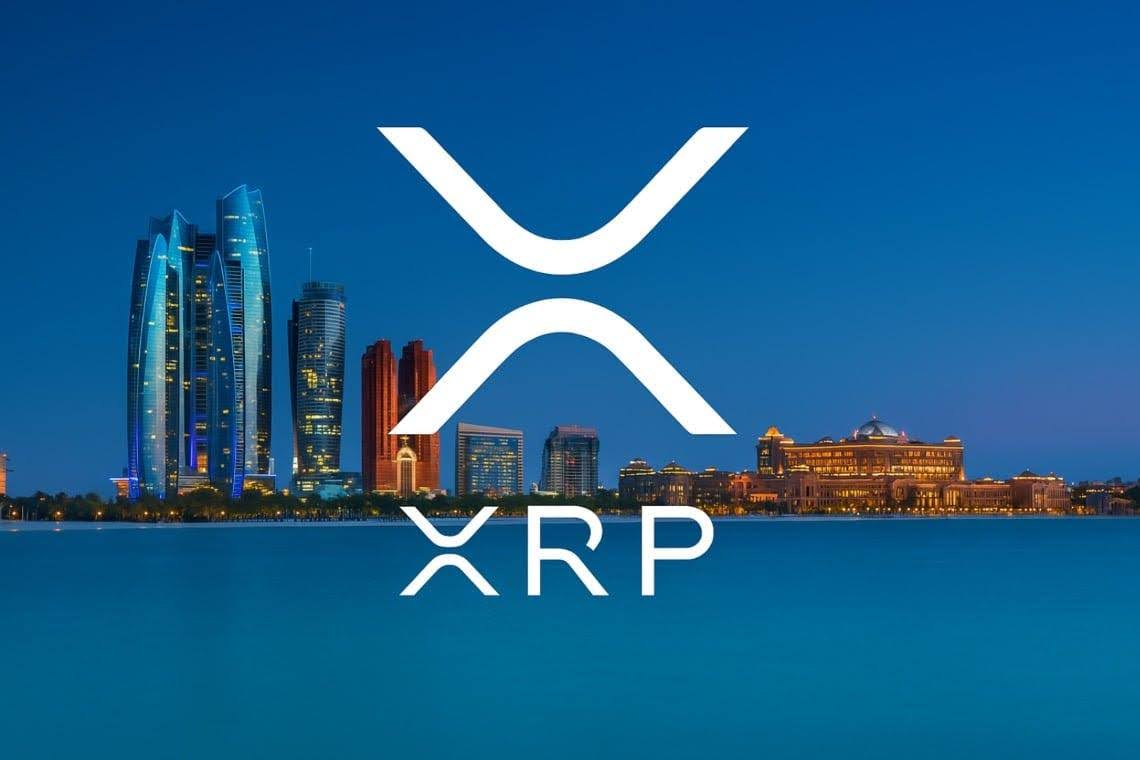Ripple’s $1.2B RLUSD Stablecoin Wins ADGM Approval, Targeting Middle East Institutionals

Key Takeaways:
- Ripple’s USD-backed stablecoin RLUSD has been officially recognized as an Accepted Fiat-Referenced Token by Abu Dhabi’s FSRA for use inside the ADGM financial center.
- The designation lets FSRA-licensed firms use RLUSD for regulated activities, strengthening its position as a compliant settlement asset for banks, fintechs, and payment firms across the Middle East.
- With a market cap above $1.2 billion and strict 1:1 USD reserve safeguards, RLUSD is now positioned to plug into Ripple’s cross-border payments stack and institutional rails across the region.
Ripple has secured a major regulatory win in the Gulf. Abu Dhabi’s Financial Services Regulatory Authority (FSRA) has signed off on Ripple USD (RLUSD) as an Accepted Fiat-Referenced Token, clearing the way for its use inside Abu Dhabi Global Market (ADGM), one of the world’s most tightly regulated digital-asset hubs.
For stablecoins, this isn’t just another listing. It puts RLUSD inside a ring-fenced, bank-friendly framework that many global institutions already trust.
Read More: Ripple Unveils Full U.S. Spot Prime Brokerage Access for Institutional Crypto Trading

RLUSD Cleared for Use Inside ADGM
The new status means RLUSD can now be used by Authorized Persons licensed by the FSRA to conduct permitted regulated activities in ADGM, as long as they meet ongoing firm-level obligations tied to Fiat-Referenced Tokens.
In practice, that opens several doors:
- Regulated payment flows: Banks and payment companies in ADGM can use RLUSD as a settlement asset for cross-border transfers, remittances, and treasury movements.
- Institutional digital-asset services: Brokers, custodians, and investment firms operating under FSRA oversight can incorporate RLUSD into product structures, subject to their existing permissions.
- On- and off-ramps into crypto rails: RLUSD can sit at the junction between traditional accounts and tokenized liquidity, supporting Ripple’s enterprise payment offerings.
The recognition also places RLUSD alongside a small, curated list of tokens that ADGM formally allows inside its ecosystem. For conservative institutional players, that list matters more than raw trading volume.
Ripple highlighted that RLUSD has also received approvals from other regulators in the region, reinforcing the sense that the Middle East is becoming a core launchpad for its stablecoin strategy.
Why ADGM Approval Matters for a USD Stablecoin
ADGM has built a reputation as one of the strictest yet most crypto-friendly jurisdictions globally. Its FSRA was among the first to prepare clear types of tokens, stablecoins, and service providers, and it has been aggressively pursuing banks and fintechs seeking regulated digital infrastructure.

In the case of RLUSD, it is strategically important to have this approval because of the following reasons:
- Regulatory credibility: LUSD is already covered by the New York Department of Financial Services (NYDFS) limited-purpose trust charter. Having the ADGM supervision on top makes it a credible entity in the U.S. and in the Gulf regulatory groups.
- Settlement corridors: Ripple is driving RLUSD as a foundation asset to cross-border payment and capital-markets applications. ADGM has regional and international institutions that do not only speculate on something but real flows.
- Competition with incumbent stablecoins: A majority of stablecoin volume in the world continues to be based on a few tokens of the U.S. ADGM’s recognition offers RLUSD a way to differentiate itself as a “regulator-first” option designed for institutions rather than retail speculation.
A Gateway to the Gulf’s Institutional Capital
The Middle East has moved faster than many Western markets in turning stablecoins into plumbing for real-world finance, especially for cross-border settlements, corporate treasury, and regional payment corridors.
Ripple has already announced:
- A new strategic partnership in Bahrain, marking its first step into that jurisdiction.
- Its first custody customer in Africa, Absa Bank, using Ripple’s infrastructure.
- Early adopters such as Zand Bank and Mamo in the UAE for blockchain-enabled payments.
Having RLUSD recognized in ADGM gives these relationships a more complete toolkit: not just messaging and rails, but also a regulated USD-pegged asset that can sit at the core of settlement workflows.
Read More: Ripple Unveils $1 Billion Digital Asset Treasury to Accelerate XRP Expansion
Inside RLUSD: Reserves, Safeguards, and Design
RLUSD is deliberately framed as a stablecoin built for regulatory scrutiny and institutional comfort, rather than purely for trading.
Key design elements include:
- Market cap above $1.2 billion: Since launching in late 2024, RLUSD has scaled past the $1 billion mark, reflecting growing institutional demand.
- 1:1 USD backing: Each token is backed by high-quality liquid assets, designed to ensure that holders can redeem RLUSD for dollars at par.
- Strict reserve management and segregation: Reserves are managed under a trust structure that separates customer assets from corporate funds, helping protect holders if the issuer faces stress.
The post Ripple’s $1.2B RLUSD Stablecoin Wins ADGM Approval, Targeting Middle East Institutionals appeared first on CryptoNinjas.
